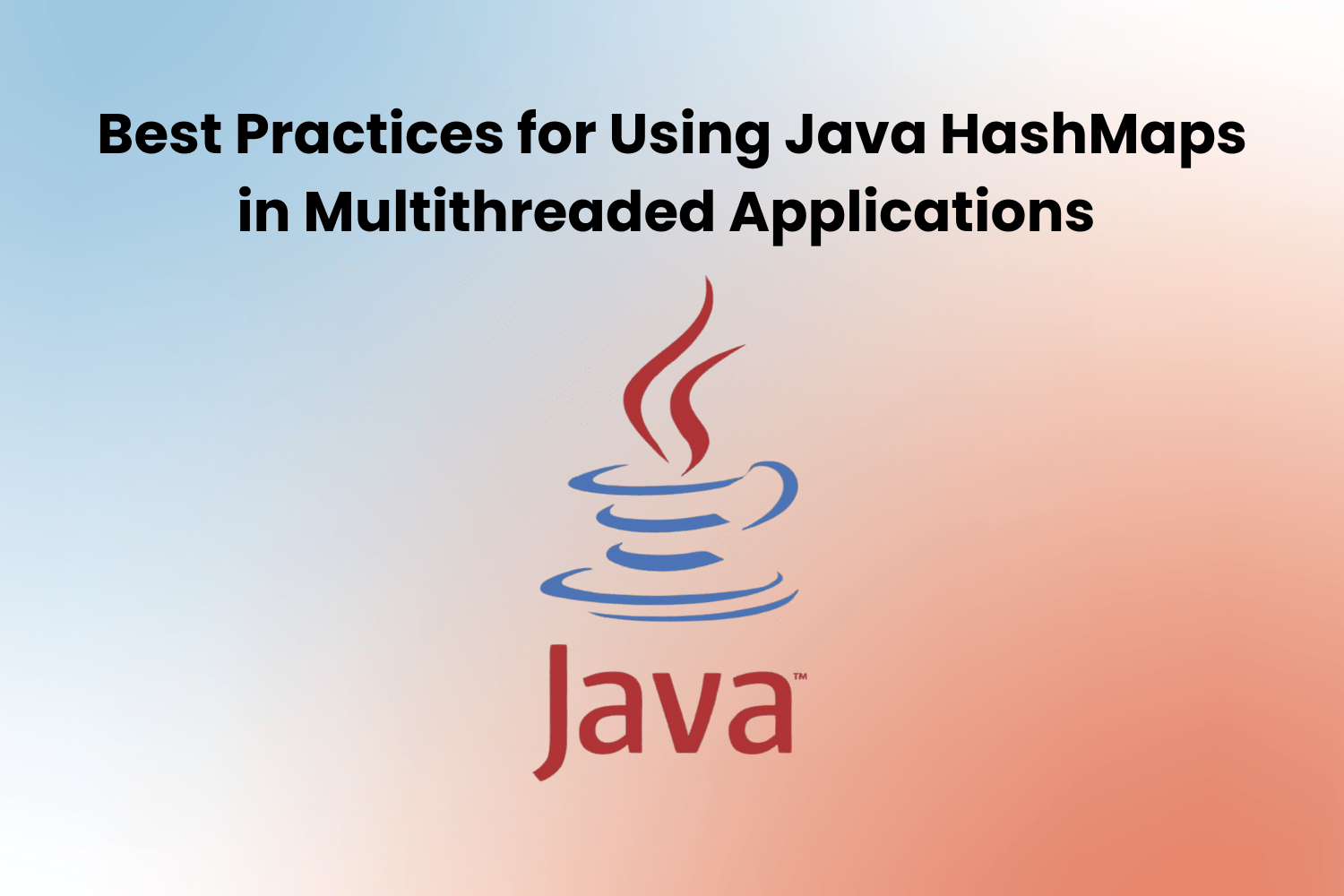Java is well known for its robust framework and processing capabilities. It provides various structures and classes that are intended to improve programming performance and productivity. Among these, the Java HashMap class is essential for storing data collections organised as key-value pairs, which facilitates quick and easy data retrieval.
For individuals who are either new to Java or seeking to expand their knowledge, Java Courses provide in-depth explanations on how to use structures such as HashMap efficiently. Understanding HashMap in Java is essential for developers working with multithreaded applications, as proper data structure management can have a big impact on dependability and performance.
Table of Contents
- Understanding the Nature of HashMap
- Guaranteeing Thread Safety in Multithreaded Applications
- Best Practices for Using HashMaps in Multithreaded Contexts
- Conclusion
Understanding the Nature of HashMap
Since a HashMap is by nature non-synchronised, it cannot ensure thread safety when several threads are making concurrent changes to the map. Due to its advantages in performance, this aspect makes it a preferred choice in single-threaded applications. However, thread safety is a top concern in multithreaded contexts and additional techniques are needed to use HashMap safely and effectively.
Guaranteeing Thread Safety in Multithreaded Applications
Thread safety is ensured in multithreaded applications using the following techniques:
Synchronisation of HashMaps
Synchronisation is essential for managing a HashMap in multithreaded applications. A simple method is to wrap your HashMap with Collections.synchronizedMap(), which offers a minimal level of synchronisation. This strategy guarantees thread safety, but performance may suffer because the entire map is locked for reading or writing operations.
Using Concurrent Collections
Using ConcurrentHashMap from the Java Concurrency API is a more sophisticated method. In contrast to HashMap, ConcurrentHashMap is designed for concurrency and permits several readers to access the map at once without causing a block while still securely handling updates. It divides the map into sections that can be locked separately, improving throughput even at high concurrency levels.
Proper Management of ConcurrentHashMap
Even though ConcurrentHashMap significantly outperforms synchronised HashMaps in terms of performance and concurrency, it must be properly utilised to maximise its benefits. When initialising a ConcurrentHashMap, developers should be aware of how many threads are accessing the map concurrently and modify the level of concurrency accordingly. To do this and preserve optimal efficiency, the concurrency level is set to an estimated number of threads that are updating concurrently.
Employ Regular Audits of Access Patterns
To optimise the efficiency and dependability of ConcurrentHashMap—or any other thread-safe HashMap—you should regularly audit how your application accesses and modifies the map. Developers can find possible bottlenecks or inefficiencies in lock contention by understanding and analysing access patterns. This continuous assessment can help make better decisions about when to split data more efficiently or modify the present concurrency plan to better match real-world usage patterns.
Best Practices for Using HashMaps in Multithreaded Contexts
Some best practices for utilising HashMaps in multithreaded applications are as follows:
Immutable Keys and Values
Make sure the HashMap’s keys and values are immutable. Immutable items are, by definition, unchangeable once created. Because of their immutability, key or value objects are guaranteed not to change state when being used by multiple threads. This automatically prevents concurrent modification issues.
Minimise Lock Granularity
Reduce contention by limiting the scope and duration of locks when utilising synchronisation wrappers or locks. For example, if only a subset of the map needs to be changed or accessed, think about locking those subsets rather than the entire map using finer-grained locks or utilities like ReadWriteLock.
Avoid Iterating Over HashMap Directly
If a map is updated concurrently while iterating over a HashMap, particularly in a multithreaded setting, the direct iteration may result in a ConcurrentModificationException. To lessen this, always iterate over a copy of the keys or entries set rather than the original map.
Memory Consistency Errors
Problems with the Java memory model may cause different threads to see the same data inconsistently. To prevent such problems, it is essential to make the modifications to the map visible to all threads. Maintaining memory consistency requires the proper use of atomic structures, synchronisation mechanisms, or volatile variables.
Performance Considerations
Thread safety must be guaranteed in multithreaded applications, but it’s also critical to take into account the performance implications of various approaches. Using more complex structures like ConcurrentHashMap may affect memory usage, and synchronisation might add latency. Performance testing and profiling are essential tools for selecting the best approach for your specific application requirements.
Conclusion
While using HashMap in Java is simple in single-threaded applications, using it in multithreaded contexts requires careful consideration and strategic planning. By implementing the best practices mentioned in this blog, developers can fully utilise HashMaps’ capabilities while guaranteeing performance and robustness. Gaining an understanding of these methods will improve one’s programming skills and the usefulness and reliability of Java applications.
